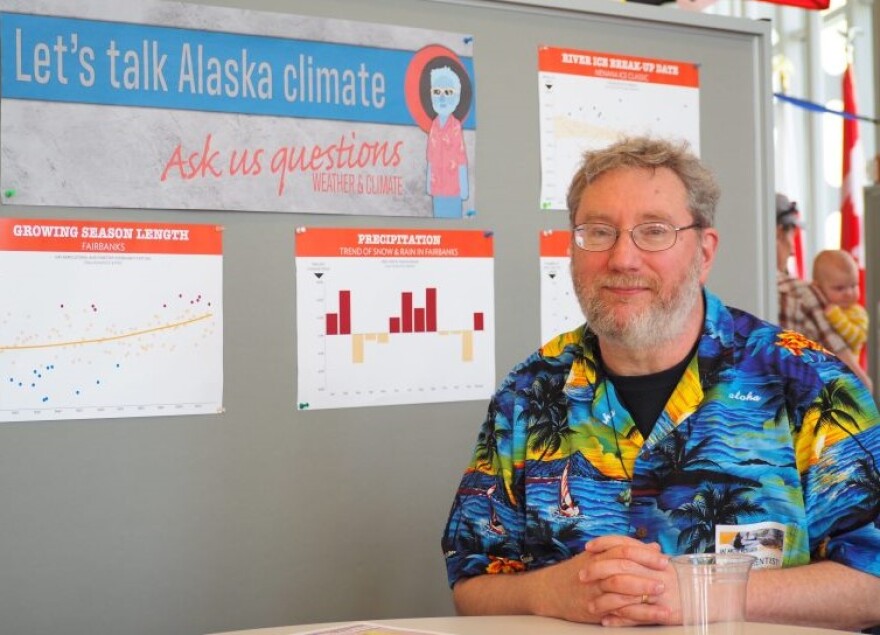‘Really quite significant’: UAF climate researcher says warm overnight temperatures main factor for new record
The month that ended a little over two weeks ago was the warmest July on record in the area now known as the Fairbanks North Star Borough. This, despite what many may recall as fairly normal July.
“Y’know except for the last week of the month or so, I don’t know that most people thought that it seemed especially hot in the Fairbanks area,” says Rick Thoman, a climate specialist with the University of Alaska Fairbanks’s Alaska Center for Climate Assessment and Policy.

“But in fact,” he said, “temperatures were mostly running above normal, until the last week of the month -- not so much the very warm daytime temperatures, but rather the warm overnight low temperatures.”
Thoman said in an interview Wednesday that the borough didn’t set any records for daytime high temperatures, but did set a couple of records for warm overnight temperatures -- also known as highest daily minimums.
“And in a place like Fairbanks with a century of records, that’s really quite significant,” he said.
The above-normal July temperatures weren’t caused by the meteorological phenomenon called El Nino that developed a couple of months ago. But Thoman says the warming climate definitely played a role. And warm spells like last month’s accelerate the impact of climate change.
“This is the kind of thing that thaws permafrost,” he said. “Not two hot days, but this long time-frame warmth.”
That causes problems for infrastructure built over permafrost, like roads that buckle and buildings that settle. But he says warm overnight temperatures are good news for gardeners and farmers.
“That accumulated warmth, the high nighttime temperatures, really gave our growing season a boost,” he said.
Thomas says that was the warmest July -- but not the warmest month ever recorded. That record belongs to June 2004. But, he expects that record also will fall soon.
“Yes,” he said. “Which June or July it falls, I don’t know. But we can be certain that it’s going to fall -- and sooner rather than later.”



